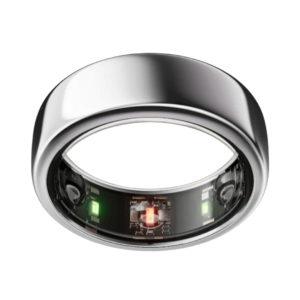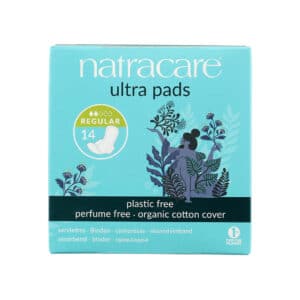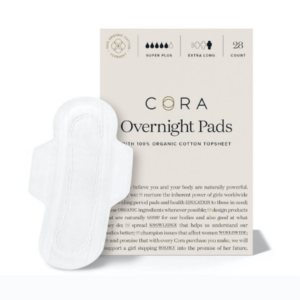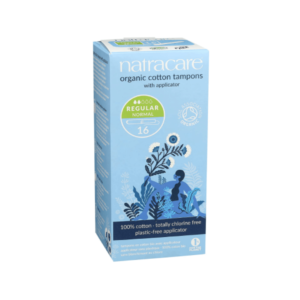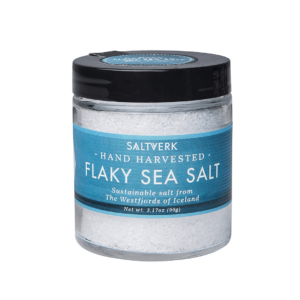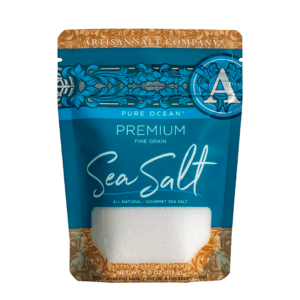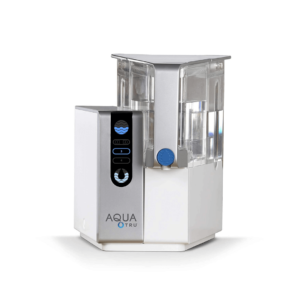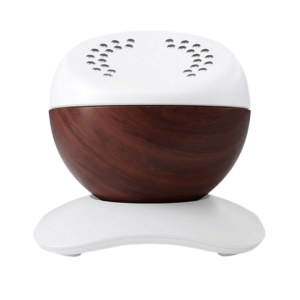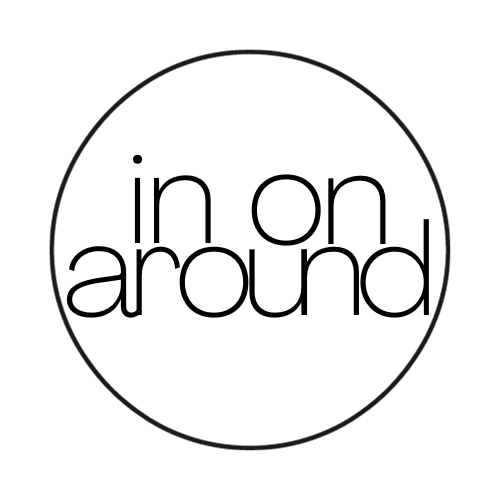Our bodies make it very clear when our hormones are out of whack. Luckily, there’s an amazing method that women can use to tune into our hormonal changes throughout each menstrual cycle. But, what is cycle syncing? Are there any health benefits to cycle-syncing workouts? Who should cycle sync and who should avoid it? How do you do it?
Keep reading to learn more!
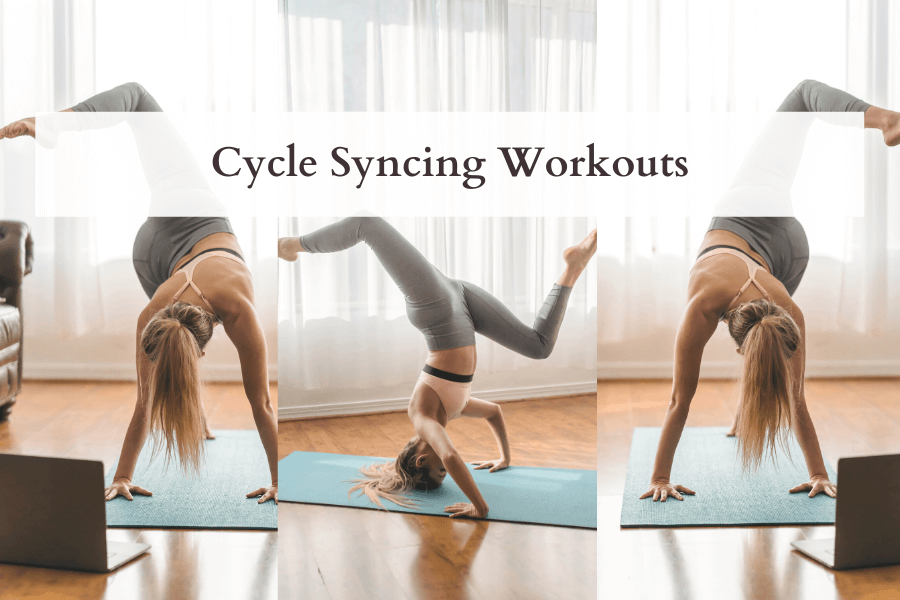
(Note: This article contains affiliate links, meaning In On Around will make a small commission at no additional cost to you. This helps me maintain the site. As always, I value full transparency & only work with brands I love and trust.)
What Is Cycle Syncing?
Cycle syncing is a phased-based self-care and alternative medicine practice. During your menstrual cycle, it is natural for your energy levels to change, making it extra important to tailor your work, diet, workouts, and lifestyle choices to the phase of your cycle.
This practice is all about tuning into the hormonal fluctuations that naturally take place during your cycle. Thankfully, it’s straightforward and intuitive! The key to cycle syncing is: listening to your body.
What Are The Health Benefits Of Cycle Syncing Workouts?
Where do I even begin?!
Cycle syncing is a wonderful way to regulate reproductive hormones in order to create an ideal hormonal balance. Of course, it’s completely natural and there’s very little risk. It can be a great practice whether you’re looking to conceive or not! Every woman could benefit from better understanding her cycle! It is so empowering to better understand how your body fluctuates over time.
Hormonal imbalances can cause a host of issues throughout the body, ranging from acne, weight changes, infertility, hair growth, and cycle irregularities. By being in tune with your cycle, you better understand how your body is reacting to hormonal fluctuations. If you have period issues, this method is great to better determine the root cause.
News Flash: hormonal contraceptives do not “regulate” your hormones.
Especially if you’ve recently come off hormonal birth control, cycle syncing can help to get your symptoms back in check. They’re a band-aid “solution” – once you go off the pill, you’re still stuck with hormonal imbalance if the root cause is not properly addressed.
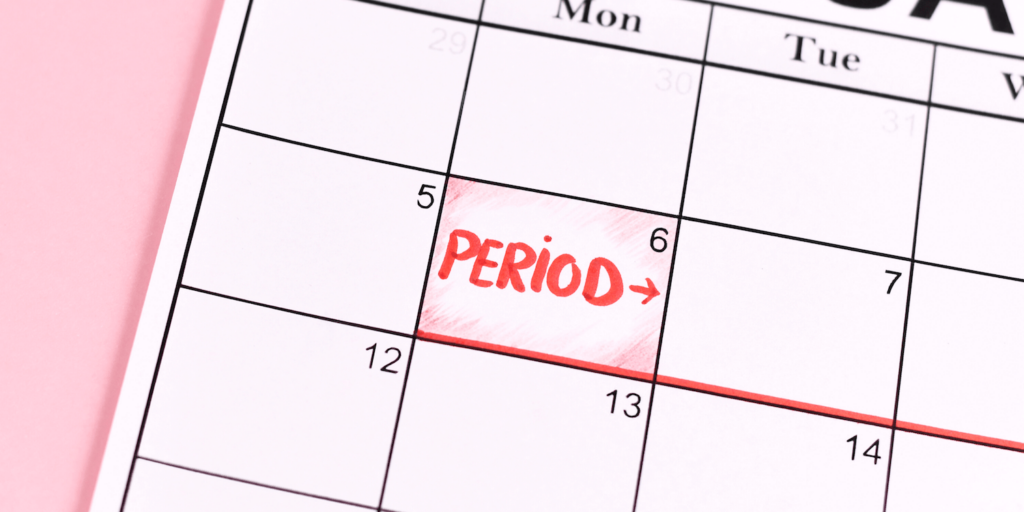
Who Should Cycle Sync?
Any woman who experiences a period can cycle sync! It’s especially important if you’re experiencing negative symptoms like:
- Painful periods
- Unfortunately, painful periods are common. However, that doesn’t make them normal. Your body is not meant to be in constant pain when you’re menstruating. Holistic and functional medicine can help you find the root cause to better regulate any hormonal imbalances.
- Premenstrual syndrome (PMS), including bloating, headaches, cramping, mood swings…
- An imbalance in estrogen and progesterone levels can cause horrible PMS symptoms!
- In fact, over 90% of women experience some PMS symptoms – this is far too many! [1] For some women, symptoms can be so serious that they’re forced to miss work or school.
- Acne
- Water retention
- Relentless cravings
- Very heavy flow
- Irregularity
- Low libido
- Insomnia or hot flashes (common with menopause)
- Polycystic Ovarian Syndrome (PCOS) [2]
- Endometriosis [3]
- Uterine fibroids
Obesity can also be a major risk factor for experiencing period issues. [4] If you’ve recently stopped taking the birth control pill, regulating your cycle & listening to your body is absolutely key. If you’re pregnant or breastfeeding, definitely talk to your doctor first before drastically changing anything in your normal routine.
While it’s nearly impossible to always sync up all events or work obligations perfectly with our cycle, being aware of which phase you’re in can help you prepare and adjust your schedule accordingly.
Note: if you’re currently on the birth control pill or other hormonal birth control methods, you are not experiencing a “real cycle.” When you have a “period” on the pill, you’re really having a fake bleed, since your body is not ovulating. This being said, cycle syncing will only truly work if you are not taking hormonal contraceptives. Another form of birth control would be important if you’re not trying to conceive.
The Menstrual Cycle – Explained
As I’m sure you’ve learned in high school health class, most women experience a 28 day menstrual cycle length. A healthy cycle can range from 24- 35 days, but if your cycle is consistently variable by more than 8 days per cycle, you have an irregular period. Having a normal period is the body’s way of showing that your reproductive health is functioning well.
However, there are a number of things that can impact cycle regularity, such as:
- Stress levels
- Under eating (it’s common for those with many eating disorders to lose a period all-together)
- Over exercising
- Polycystic ovary syndrome (PCOS)
- Menopause (or peri-menopause, when you’re around the menopausal stage of your life)
- Thyroid disorders
… amongst many others! If you’re experiencing an irregular period, definitely see if any of the above factors are contributing.
The menstrual cycle is broken up into 4 unique & very important phases.
These phases can impact many aspects of our lives… everything from how much energy we have to how social we want to be.
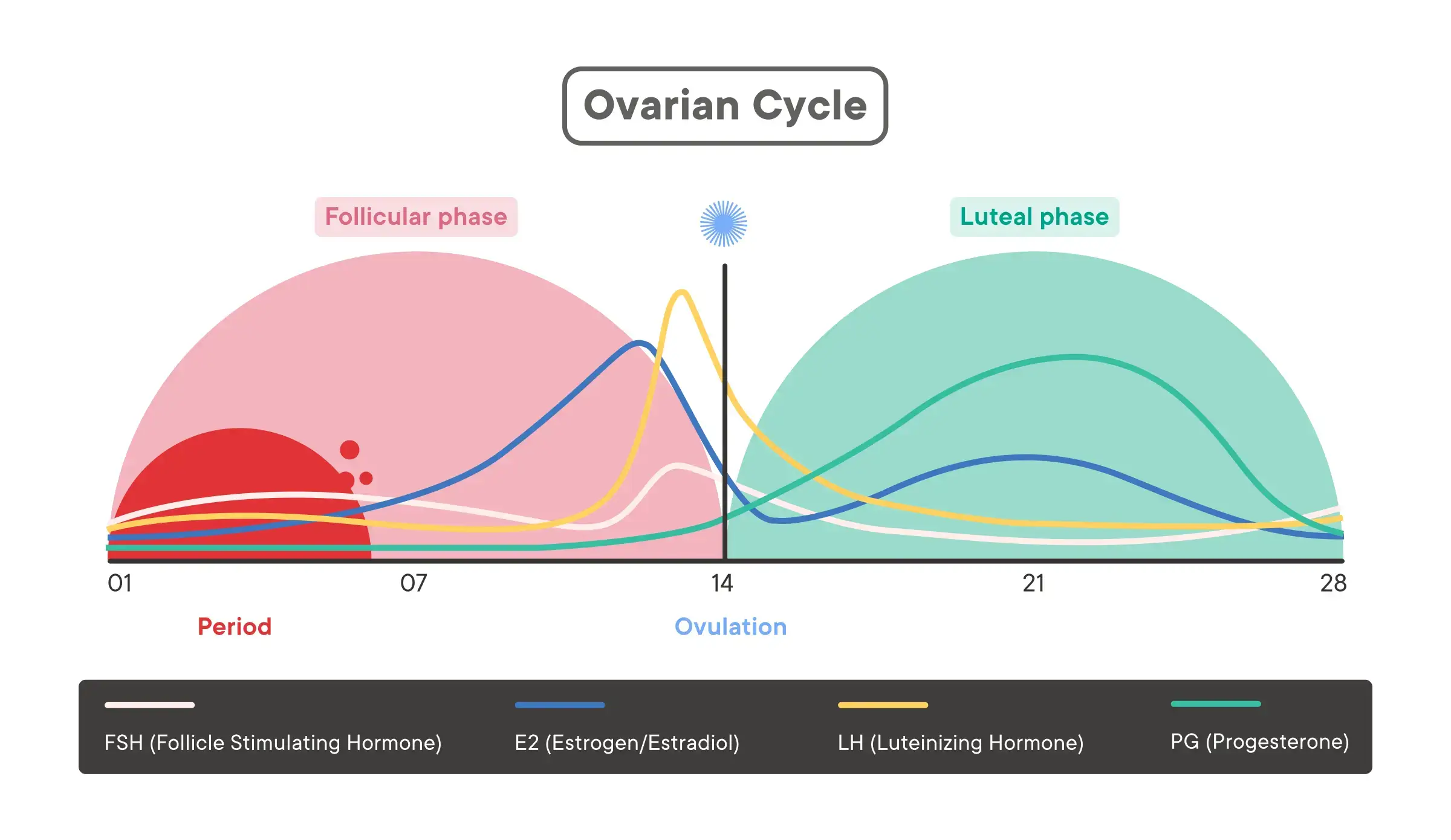
Let’s break it down per phase:
- Phase 1: Menstrual
- Days #1-7 of your cycle
- This is when a period (bleeding) takes place
- Your hormones are low during this time
- Day #1 of your cycle is the first day of your period (the cycle restarts at the start of your next period). This is your “kick off” point.
- Phase 2: Follicular
- This is the time between bleeding and ovulation
- Days 7-10 (on average)
- Your estrogen levels are slowly rising during this phase
- Phase 3: Ovulatory
- This is the fertile portion of period (so proper protection is important!). Remember: you cannot get pregnant if you’re not ovulating.
- This phase lasts for about 3-4 days
- Your estrogen and luteinizing hormone reach their peak
- You may also experience an egg white “mucus” or discharge during this time
- Once you ovulate (usually on day 14), your basal body temperature starts to rise
- Phase 4: Luteal
- This is the time between ovulation and your next bleed
- Estrogen, progesterone, testosterone are at their lowest levels at the end of the phase
- Unfortunately, this is the time where you may experience PMS symptoms (no fun!)
- This phase lasts for about 10-14 days
And at the end of your cycle… it repeats… and repeats… and repeats. If you’re looking to cycle sync, it’s important to understand where you are in your cycle. This is step #1! Keeping track of your cycle for at least a couple of months will give you the insight you need to get started. Make sure you continually track your cycle – it’s the only way to know if timing or symptoms have changed!
How Do You Cycle Sync?
Cycle syncing can impact many aspects of your life… for the better! Everything from your diet, to your workouts, social life, work life and more. Let’s dive into how:
1) How To Cycle Your Diet (Seed Cycling 101)
It’s normal for women to have different nutritional needs during different times of the month. And it is normal to see an increase in appetite at different times in your cycle – listen to your body and fuel it with the nutrients it’s craving (organic fruits & veggies most of the time… not just chocolate and ice cream)! As always, it’s best to keep your blood sugar balanced and your appetite satiated.
Let’s break down how you can shift your diet during each phase:
- Menstrual:
- Opt for cozy, comforting, easy to digest foods & drinks, like bone broths, soups, stews, teas etc… Focus on warming foods.
- Increase your anti-inflammatory foods. If you’d like to read up on that, check out this article: How To Eat An Anti Inflammatory Diet. Processed, salty foods can increase bloating and discomfort.
- Follicular:
- Opt for lighter and more vibrant foods, like steamed veggies, lean protein, and fermented foods.
- In addition, cruciferous veggies can help keep estrogen levels in check (like broccoli, cauliflower, collard greens, dark leafy greens etc…).
- Ovulatory:
- The best time to opt for cooling foods (according to Chinese Medicine), such as smoothies, salads, lighter veggies, juices, fresh fruit, and light grains like quinoa.
- Luteal:
- During this phase your metabolism increases, so we need more calories. It’s completely natural to feel extra hungry during this phase!
- Focus on incorporating slow-burning carbs, like carrots and squash, as well as foods rich in B vitamins, like legumes.
- Make sure you get enough fiber to reduce unnecessary block of excess estrogen.
In every phase of your cycle, eating a well-balanced, nourishing, whole-food and predominantly plant-based organic diet is best. Of course, don’t consume anything that you’re allergic to, even if it could help regulate your cycle.
Listen to your body. Become in-tune with its signals.
Seed Cycling 101:
On top of changing your diet, there is a practice called “seed cycling” where you add in specific seeds into your diet at distinct parts of your cycle. This is thought to encourage hormonal balance. There are four main seeds to add into your diet at certain points: flax, pumpkin, sesame and sunflower.
Cycling for hormone balance:
First Half
- During the first half of your cycle (from the first day of your period until you ovulate again, days 1-14) eat 2 tablespoons of pumpkin seeds and flax seed.
Second Half
- During the second half of your cycle (once you ovulate until your next period, days 15-28) eat 2 tablespoons of sunflower and sesame seeds.
For all seeds, ensure they’re ground, raw, organic (if possible) & refrigerated to be bioavailable & the highest quality. All seeds are great additions to smoothies, non-dairy yogurt, or on top of salads!
Other practitioners of cycle syncing who experience irregularity can also reference the cycles of the moon. If you’re not experiencing a regular cycle (this includes those in menopause), you can eat the “first half” seeds during the New Moon and the “second half” seeds during the Full Moon.
These seeds are rich in essential nutrients, like zinc, magnesium, Vitamin E, and healthy fats.
Incorporating these seeds into your diet regularly (and at the right time) can impact other aspects of your well-being. Many of these seeds are anti-carcinogenic and anti-inflammatory [13, 14, 15, 16]. They’re also high in fiber! [17, 18]
Keep in mind that there is little science to back up seed cycling… not because it’s not true, but simply because it hasn’t been researched extensively. Adding these seeds into your diet will likely only help you – not hurt you. Seed cycling is not a “cure all”, but it can be a great, risk-free practice to potentially help regulate your hormones.
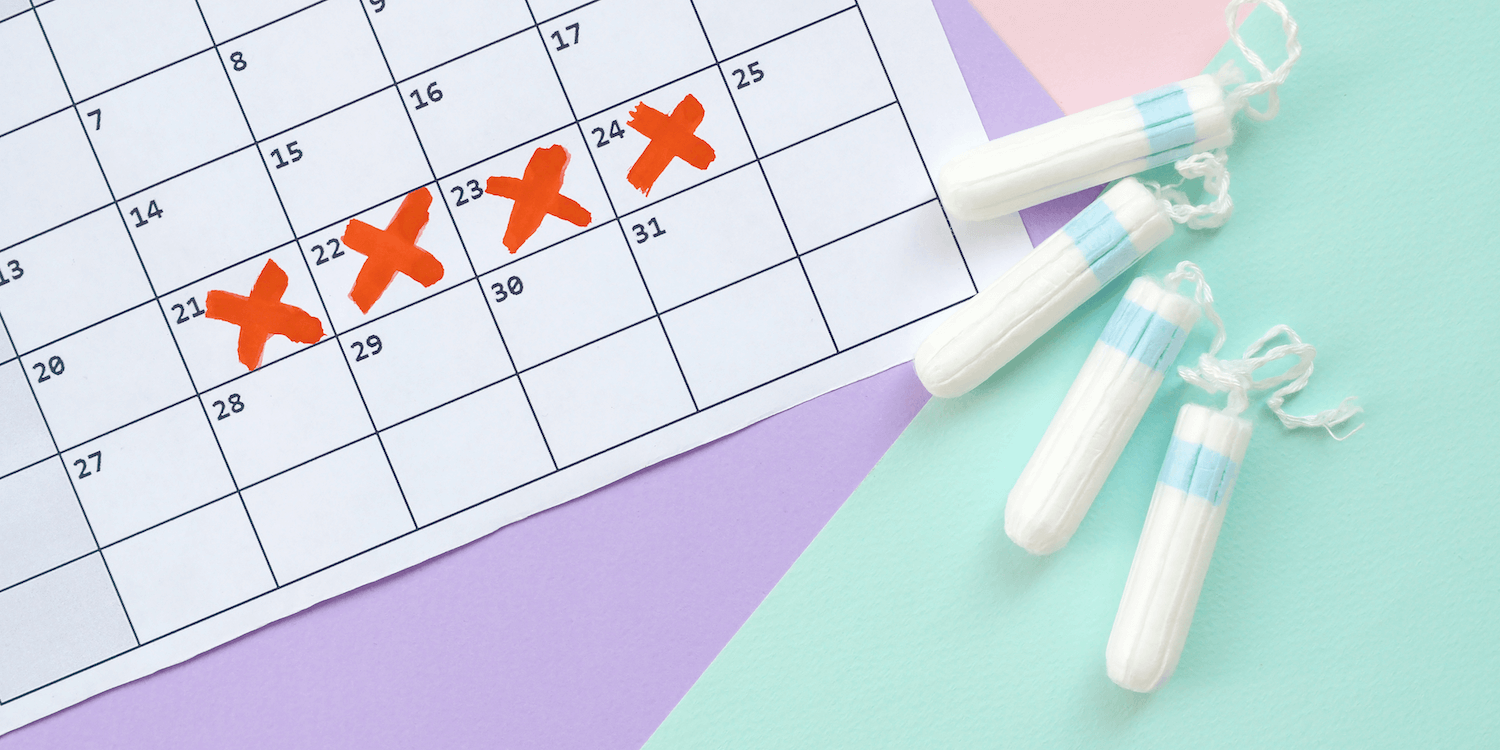
2) How To Cycle Sync Workouts
Now let’s discuss how to change your workout regimen depending on your cycle!
- Menstrual:
- Focus on lower-intensity workouts like gentle yoga, walking, stretching, foam rolling, or light hikes.
- This is the best time to relax!
- When you’re on your period, it’s best to keep high-intensity exercise to a minimum (plus, you’ll likely notice the dip in energy).
- This doesn’t mean you should stop movement all together and become a couch potato until your period is over. Daily movement, even if it’s something like a light walk, is important.
- Follicular:
- During this phase you may experience a burst of energy.
- This is a great time to reincorporate high intensity cardio like dancing, running or strength training. It’s also the perfect time to try a new workout class!
- Ovulatory:
- This is when you will have the most energy in your cycle.
- It’s perfect for high-intensity interval training (HIIT) workouts (if this feels right to you – listen to your body, first and foremost!
- Luteal:
- During this phase, you should transition from higher-intensity workouts to more strength-based workouts, like pilates, barre, or weight lifting.
- You will likely have less energy as you get closer to the menstrual cycle, so listen to your body. If you’re low on energy, start incorporating the menstrual phase workout regimen.
As always, listen to your body!
3) How To Cycle Your Social Life
Can you cycle sync your social life too? Heck yeah! Let’s talk about it:
- Menstrual:
- In this phase you will likely want to spend more time alone.
- It’s best to avoid large social functions, if you can, and focus on self-care!
- Follicular:
- With your hormonal shift, you may begin to feel a bit more adventurous! This is the perfect time for new experiences.
- It’s also a good time to go out with friends and have fun!
- You will naturally feel more intimate during this time as well.
- Ovulatory:
- Welcome to your most social phase! This is the best time to go to a party, hang out with friends, or attend large gatherings.
- This is the best phase to connect with others – don’t stay home alone!
- Similar to the follicular phase, this is the most intimate phase of our cycle (hello first dates).
- Luteal:
- In the second half of this phase you may lose energy (similar to the menstrual phase).
- This is the perfect time to opt for cozy nights in, wine nights, watching movies etc…
- Intimacy levels will start to decline, as you get closer to your period.
4) How To Cycle Your Work & Productivity
Lastly, your cycle can impact how productive you are! If you know this ahead of time, you can properly plan for work or personal events.
- Menstrual:
- This is the best time for rest, slow work, reflection, organizing and cleaning. It’s the perfect time to reflect on goal progress, since this is the most intuitive phase of the cycle.
- And yes… this is the best time to sleep (rest is productive too!). Time to hit the hay!
- Follicular:
- During the follicular phase, your creativity is at an all-time high! It’s the perfect time to think of new ideas or creative projects.
- Ovulatory:
- In this phase, it’s best to focus on work that involves social skills and communication, since this is when you’re the most social.
- Attending networking events, speeches, or large work meetings will feel the most natural during this phase. It’s also great for when you have a lot of writing to do!
- Luteal:
- During the luteal phase, this is the time to tie up loose ends. You can better pay attention to detail.
- Over this phase, you’ll likely feel less motivated and inspired. It’s best to focus on administrative tasks that don’t require a ton of creativity.
The 10 Cycle Syncing Dos & Don’ts
The 5 “Dos” of Cycle Syncing
1) Do: Use Cycle Syncing Apps and Tools
Use tools like Tempdrop and Daysy. Every morning you take your basal body temperature before hopping out of bed. It connects to their phone app, where you can track your cycle & temperature changes. This link gives you 10% off Tempdrop! Or use coupon code “DaysyUS+586” for $15 off!
2) Do: Use Nontoxic Sanitary Products
As always, make sure you’re using safe, clean, and organic sanitary products during your menstrual phase. Cora Organics pads & Lola Organics pads are all great options.
You can read more about non-toxic period products here: Top Guide To Non-Toxic Period Products
3) Do: Regularly Drink Mineralized Water
Especially during your menstrual phase! A simple and easy hack: add a pinch of sea salt into your water (not the classic white salt commonly on tables). Sea salts are rich in minerals and can add electrolytes back into the water.
To learn more about salt brands, check out: What Are The Healthiest Salt Brands? Minerals In Salt 101
4) Do: Keep a Journal to Track any Symptoms
This can help you identify if there are any patterns or changes along your cycle syncing journey. Once you learn that certain symptoms are occurring at the same time every month, you can plan accordingly for them.
5) Do: Work with a Functional or Integrative Health Practitioner
Your practitioner can run tests on your hormonal levels. Working with a qualified naturopathic doctor can help to uncover the root cause of any cycle issues.
The 5 Don’ts Of Cycle Syncing
1) Don’t: Starve, Excessively Diet, or Engage in Long Fasts.
This is especially important if you struggle with hormonal imbalances. These can cause more harm than good. To read more about the proper way to practice intermittent fasting,
Check out this article: Beginner’s Guide To Intermittent Fasting – Is It Healthy?
2) Don’t: Pull All-nighters or Have an Inconsistent Sleep Schedule
An irregular sleep schedule can put a lot of stress on the body, which can impact your cycle. Give your body the rest it deserves with about 7-9 hours of sleep. If you’re struggling with insomnia, here are some great tips (some of which you’ve probably never heard of).
Check out this article: Struggling With Insomnia? 18 Tips For High-Quality Sleep.
3) Don’t: Store Any Seeds Outside of the Refrigerator
Keeping the seeds in the fridge or freezer can help prevent oxidation. You want the seeds to be as fresh as possible.
4) Don’t: Use Toxic Beauty Products or Cleaning Products
Environmental toxins can play a major role in hormonal imbalances. If you’re interested in learning more about which ingredients to avoid in cosmetics, check out the Clean Beauty Checklist.
5) Don’t: Neglect Your Mental Health
Your mental well-being seriously impacts your physical well-being. If you’re extremely stressed or overwhelmed, your body will start showing warning signs. Incorporating practices, like meditation, can do wonders for your mental well-being! MasterClass offers a great course on meditation, as well.
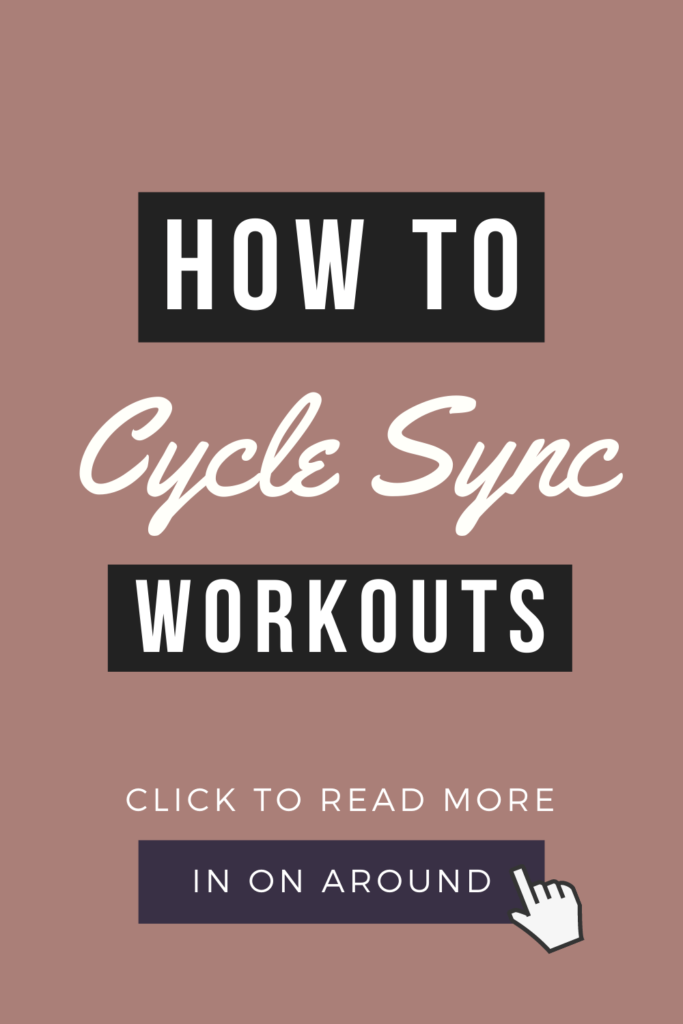
Pin this article to reference it later!
As always, listen to your body! You know your body best. If you are experiencing higher or lower energy during a specific part of your cycle, your body is telling you what it needs.
So will cycle syncing absolutely change your life? Maybe… or maybe not, but being more in tune with your body and its hormonal fluctuations can make a major different in your wellbeing.
Frequently Asked Questions About Cycle Syncing Workouts
Click on the below FAQs to learn more!
What is cycle syncing?
What are the health benefits of cycle syncing?
Who should cycle sync?
What should you drink on your period?
WHAT DID YOU LEARN FROM THIS ARTICLE?
Have I convinced you to give it a try? Let me know in the comments below! You can watch our web story here.
Please rate & review this article – I’d appreciate it!
xoxo,

Want to read more? Check out my other articles here!
Information on Cycle Syncing Workouts from: Healthline, Dishing Up Balance, Hello Clue, Amino, Women’s Health, Reduce Injuries, Nourished By Nutrition, Omne Wellness, Dave Asprey
Copyright In On Around LLC 2021 ©. The statements made on this website have not been evaluated by the FDA (U.S. Food & Drug Administration). They are not intended to diagnose, treat, cure, or prevent any disease. The information provided by this website should not be used as individual medical advice and you should always consult your doctor for individual recommendations and treatment.

